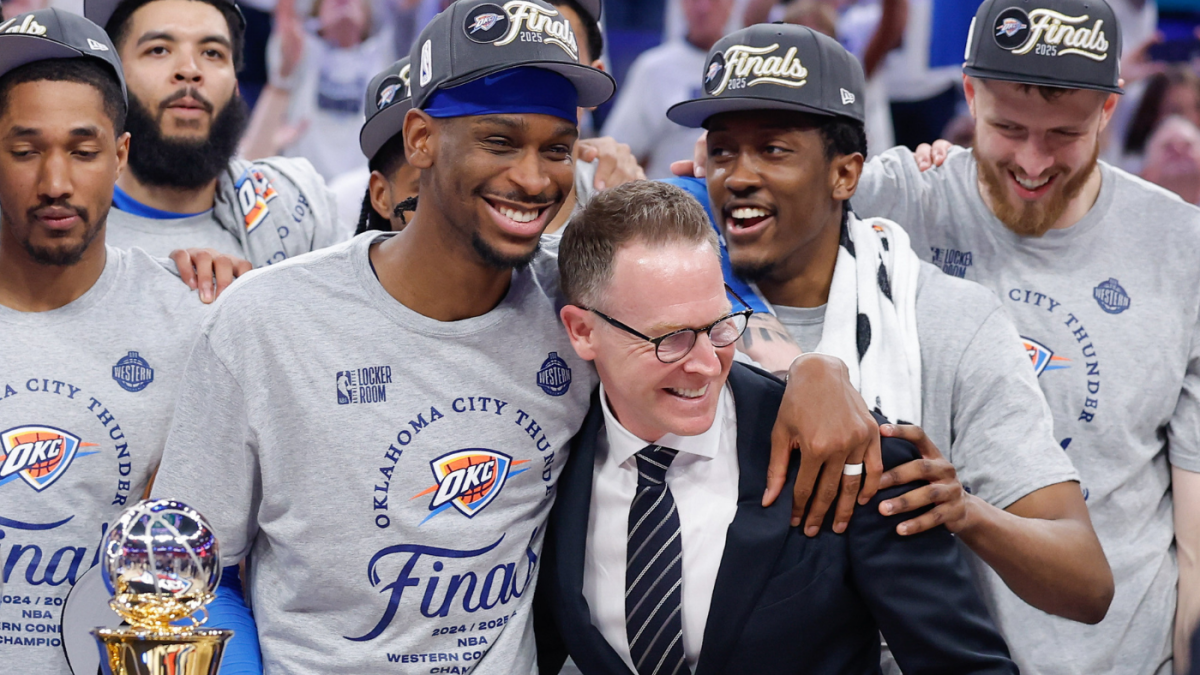The NBA has long been a league where athleticism and intensity define the game, but in recent years, the physical toll on players has become increasingly apparent. Sam Presti, the general manager of the Oklahoma City Thunder, has been at the forefront of discussions about player injuries, offering a candid and critical perspective on the issue. His insights shed light on the evolving nature of the game, the severity of injuries like Achilles tendon ruptures, and the broader implications for teams and the league as a whole.
The modern NBA is a far cry from the league of a decade ago. The pace of play has accelerated, physical contact has intensified, and the demands on players’ bodies have grown exponentially. Sam Presti has noted that “playing one NBA game today is almost like playing two a decade ago.” This statement underscores the dramatic shift in the physicality of the game. Players are now expected to cover more ground, engage in more high-impact plays, and endure back-to-back games with minimal rest. The compressed schedules, which often include extensive travel, further exacerbate the problem, leading to cumulative fatigue and a higher risk of serious injuries.
The data supports Presti’s observations. Player tracking technology has revealed that athletes are covering more distance per game than ever before. The average NBA player now runs approximately 2.5 miles per game, up from around 2 miles a decade ago. Additionally, the number of high-intensity sprints and jumps has increased, placing greater stress on muscles, tendons, and joints. The league’s emphasis on athleticism and explosiveness has also contributed to the rise in injuries. Players are pushing their bodies to the limit, often at the expense of their long-term health.
One of the most concerning trends in recent years has been the rise in Achilles tendon ruptures. These injuries are particularly devastating, often ending or drastically altering careers. Sam Presti has been vocal about the severity of these injuries, stating that excluding Kevin Durant—who made a remarkable comeback—very few players return to their pre-injury performance levels. His frank stance highlights the need for a more realistic and empathetic approach to discussing these injuries. By acknowledging the gravity of Achilles ruptures, Presti shifts the conversation away from blame or negligence towards seeking solutions that prioritize player health and sustainable careers.
The implications of these injuries extend beyond the individual players. For team executives like Sam Presti, managing the health and progression of talent is a critical aspect of building a successful roster. The Thunder’s GM has a proven track record of developing MVP-caliber players like Kevin Durant, Russell Westbrook, and James Harden. His experience has given him unique insights into how injuries can stall or derail promising careers. Effective management involves recognizing the signals of fatigue, advocating for judicious rest periods, and utilizing medical advances in prevention and rehabilitation. Presti’s acknowledgment of the injury challenge demonstrates a broader responsibility that front offices must embrace—viewing player health as integral to team success, not just a medical issue.
Addressing the injury problem requires structural changes at both the organizational and league-wide levels. Several potential solutions could be explored to mitigate the risks. First, revising the scheduling could provide players with better recovery windows. Limiting back-to-back games and easing travel burdens would allow athletes to rest and recover more effectively. Second, enhancing medical protocols could ensure standardized health monitoring and recovery practices across all teams. Implementing advanced technologies and methodologies could help identify and address potential issues before they become serious. Third, investing in research could lead to a better understanding of injury mechanisms. Biomechanical and physiological studies could provide valuable insights into how to prevent injuries and optimize player performance. Finally, player education is crucial. Informing athletes about the signs of overuse and the importance of preventive care could empower them to take an active role in their health and well-being.
Sam Presti’s comments serve as a catalyst for this dialogue, elevating the urgency for systemic reforms. His perspective offers a vital lens for stakeholders aiming to balance excellence on the court with responsible stewardship of athlete health. The NBA must confront these challenges head-on to sustain the sport’s competitive integrity and the well-being of those who play it. By acknowledging the severity of injuries and the evolving demands of the game, the league can take meaningful steps towards creating a safer and more sustainable environment for its athletes. The insights provided by Sam Presti highlight the need for a proactive, collaborative approach involving athletic trainers, medical professionals, team executives, and league officials. Together, they can work towards a future where the physical and mental well-being of players is prioritized, ensuring that the NBA remains a thriving and respected league for generations to come.

